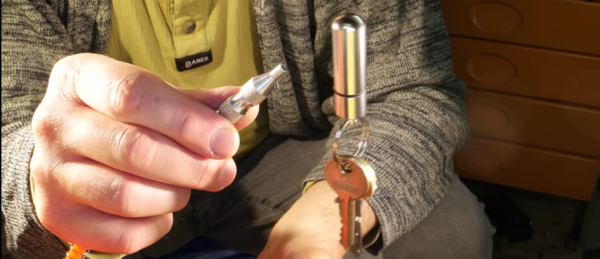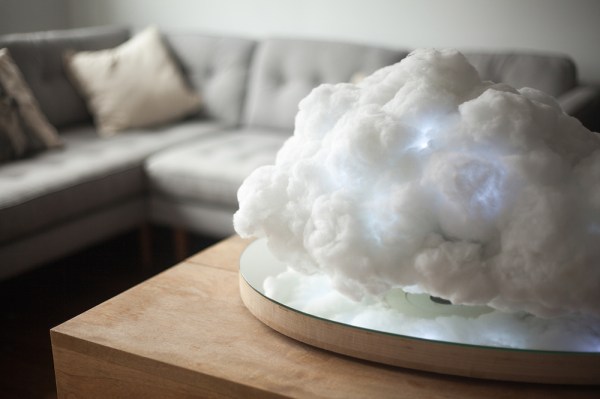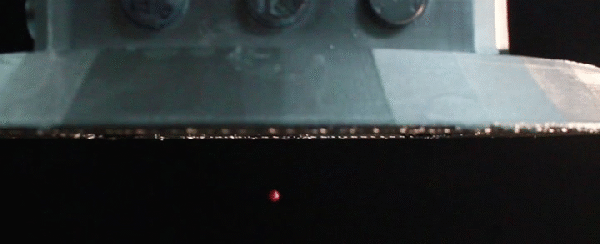Don’t blame us for the click-baity titles in the source articles about this handheld “acoustic tractor beam”. You can see why the popular press tarted this one up a bit, even at the risk of drawing the ire of Star Trek fans everywhere. Even the journal article describing this build slipped the “tractor beam” moniker into their title. No space vessel in distress will be towed by [Asier Marzo]’s tractor beam, unless the aliens are fruit flies piloting nearly weightless expanded polystyrene beads around the galaxy.
That doesn’t detract from the coolness of the build, revealed in the video below. There’s no tutorial per se, but an Instructables post is promised. Still, a reasonably skilled hacker will be able to replicate the results with ease straight from the video. Using mostly off the shelf hardware, [Marzo] creates a bowl-shaped phased array of ultrasonic transducers driven by an Arduino through a DC-DC converter and dual H-bridge driver board to boost the 40 kHz square waves from 5 Vpp to 70 Vpp. By controlling the phasing of the signals, the tractor beam can not only levitate small targets but also move them axially. It looks like a lot of fun.
Acoustic levitation is nothing new here – we’ve covered 3D acoustic airbending, as well as an acoustic flip-dot display. Being able to control the power of sound waves in a handheld unit is a step beyond, though.


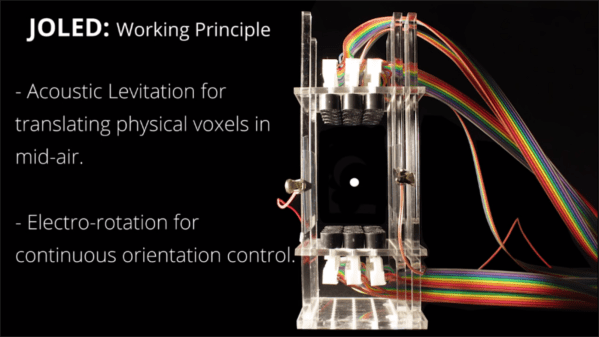
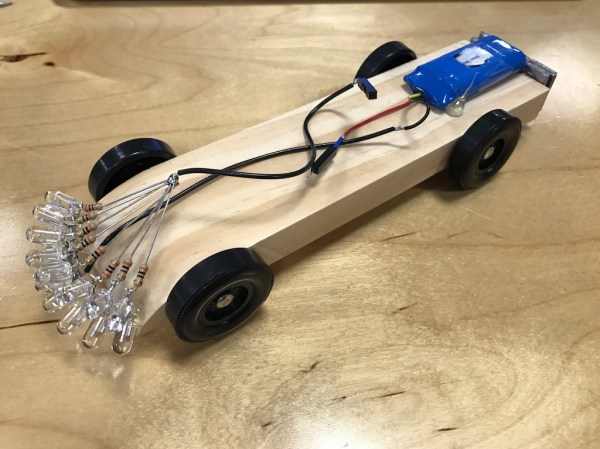
 Fail of the Week is a Hackaday column which celebrates failure as a learning tool. Help keep the fun rolling by writing about your own failures and
Fail of the Week is a Hackaday column which celebrates failure as a learning tool. Help keep the fun rolling by writing about your own failures and 